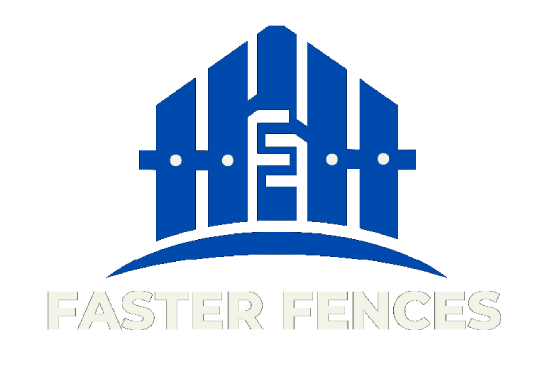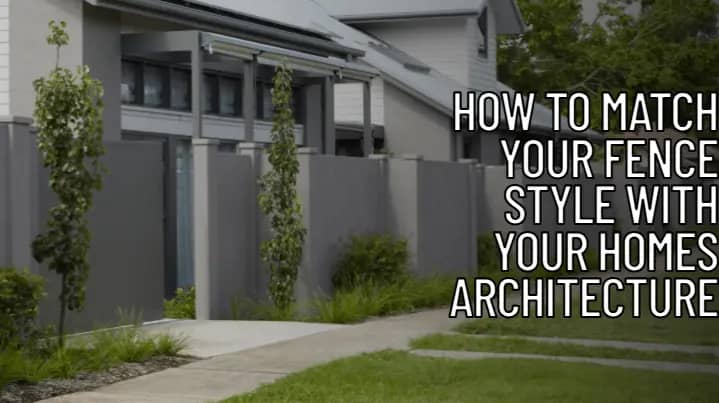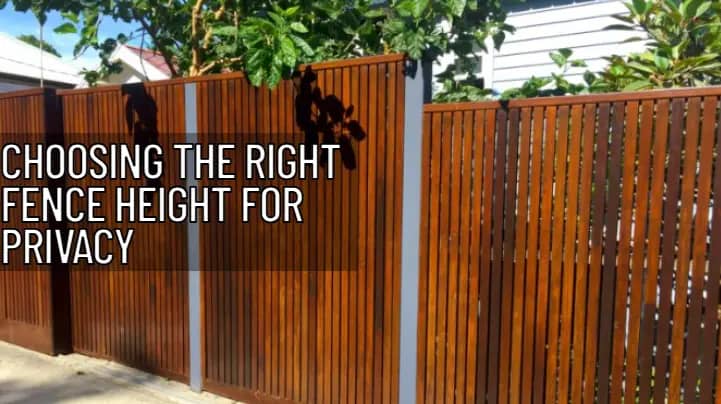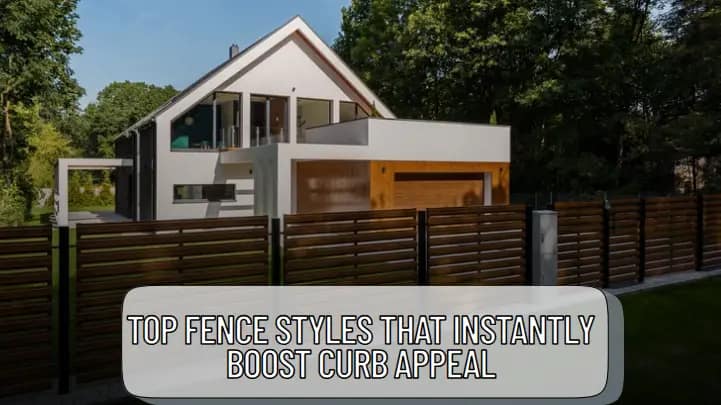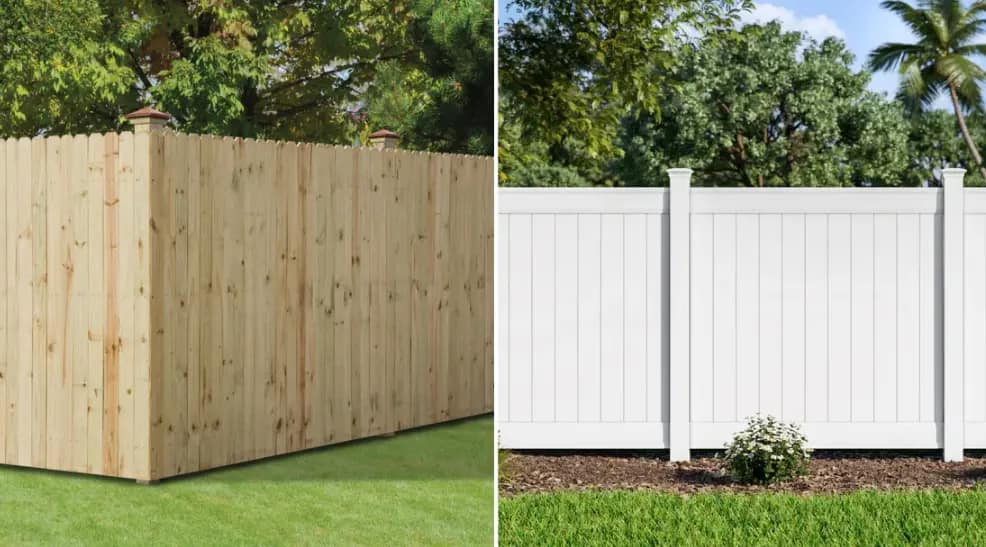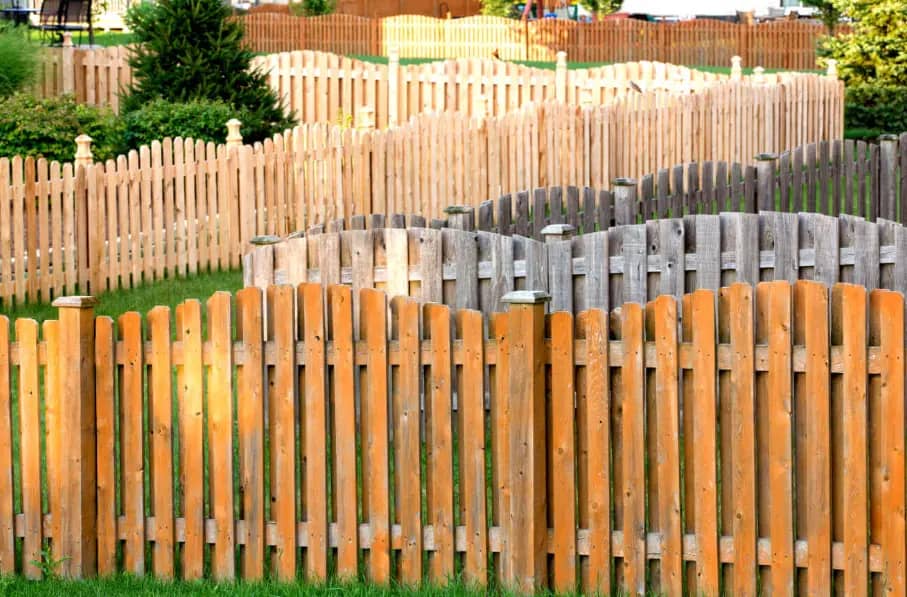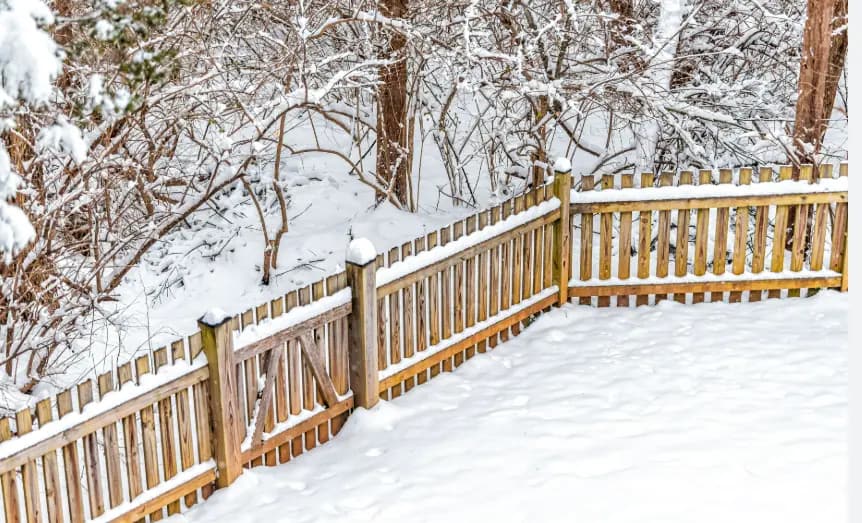A successful fence installation means you’ve defined and protected your property properly. You also managed to add to the aesthetic quality of your home or business. In other words, you’re reaping the benefits of installing your fence successfully. It’s also something to be proud of, especially if you managed to do it yourself.
However, mistakes can sometimes happen. Committing mistakes during fence installation is normal, but it could lead to unnecessary costs and compromise your security. You’d end up with results that are far from what you are expecting. The following are some tips for successful fence construction and common mistakes to avoid:
Planning and Preparation
Check Local Regulations
One of the most costly mistakes is failing to research local building codes and obtain necessary permits. Before breaking ground:
- Contact your local building department
- Verify zoning restrictions
- Obtain required permits
- Check homeowners’ association guidelines
- Confirm property lines with a survey
Call Before You Dig
Never skip calling utility companies to mark underground lines. This critical step:
- Prevents dangerous accidents
- Avoids costly utility repairs
- Is typically required by law
- Usually requires 48-72 hours notice
Common Construction Mistakes
Post Installation Errors
The foundation of a sturdy fence lies in proper post installation:
- Insufficient Depth: Posts should be buried at least 1/3 of their total length, with a minimum depth of 2 feet
- Incorrect Spacing: Posts placed too far apart (exceeding 8 feet) can cause sagging and structural weakness
- Poor Foundation: Failing to use adequate concrete or proper drainage can lead to premature post rot
- Uneven Post Heights: Inconsistent post heights create an unprofessional appearance and structural issues
Material Selection and Handling
Poor material choices can lead to premature fence failure:
- Using untreated wood in ground contact
- Selecting incorrect concrete mix for post-setting
- Mixing different grades or types of materials
- Using fasteners not rated for outdoor use
- Failing to properly seal or treat wooden components
Best Practices for Success
Proper Planning
- Create detailed drawings before starting
- Calculate materials accurately to avoid shortages
- Consider terrain changes and gradients
- Plan for gates and access points carefully
- Account for future maintenance needs
Construction Tips
- Use a string line to ensure straight fence runs
- Check posts for plumb in both directions
- Allow concrete to cure completely before attaching panels
- Maintain consistent spacing between pickets
- Install rails at manufacturer-recommended distances
Weather Considerations
- Avoid setting posts in frozen ground
- Plan construction during appropriate weather conditions
- Allow pressure-treated lumber to dry before staining
- Consider thermal expansion when installing vinyl fencing
Maintenance Planning
Immediate Post-Construction
- Clean up debris and excess materials
- Properly dispose of concrete washout
- Apply initial sealer or treatment as needed
- Document construction details for future reference
Long-term Care
- Establish a regular inspection schedule
- Plan for periodic sealing or staining
- Keep records of treatments and repairs
- Maintain proper drainage around posts
- Address issues promptly to prevent escalation
Professional Considerations
When to Hire Experts
Consider professional help for:
- Complex terrain challenges
- Large-scale projects
- Specialized materials or designs
- Property line disputes
- Permit acquisition and compliance
By avoiding these common mistakes and following proper construction practices, your fence will provide years of service and maintain its appearance. Remember that proper planning and preparation are just as important as the actual construction process. Taking time to address potential issues before they arise will save both time and money in the long run. For the best fence construction and installation tips, call us at Faster Fences – the leading fence service company in the US!
